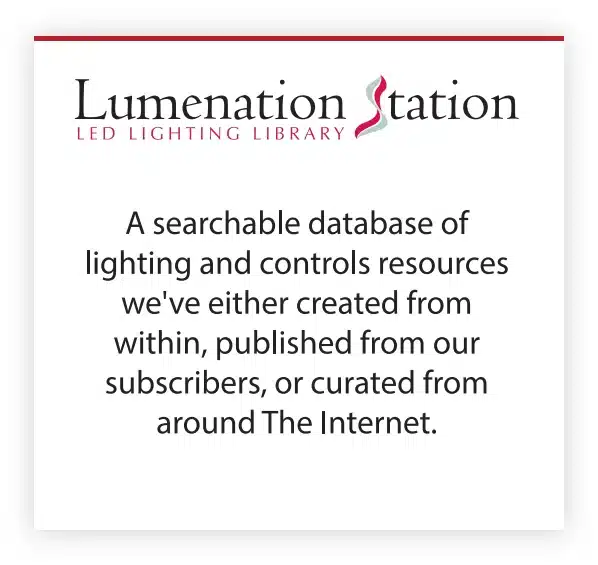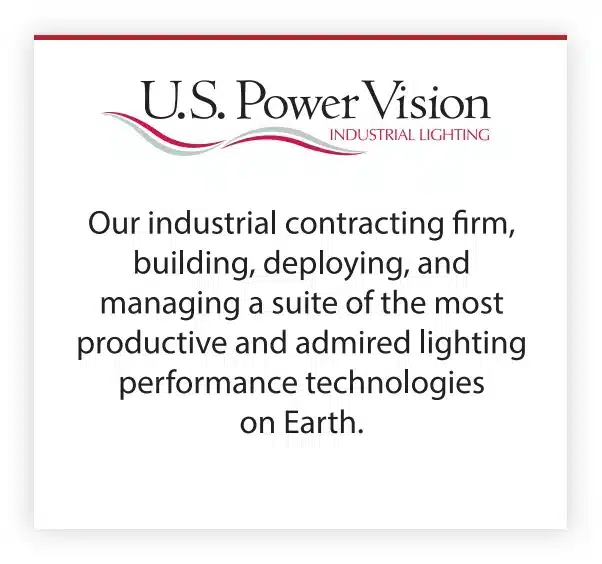Dear Reader:
Sometimes an acronym can become so strong that we lose sight of the words behind the letters that form it, at which point its meaning can become diluted. ‘LED’ is one of those, so a refresher might be helpful.
LED stands for light emitting diode. Yes, it’s a diode that emits light, somewhat like a light bulb, although through a very different means than what is the case with incandescent, fluorescent, HID, etc. It does so by converting electrical energy to light energy, and its primary appeal relates to the efficiency with which this is accomplished.
While the Facility Manager may not need to know the internal dynamics of just how this is accomplished (do you need to know how to build the watch, or just what time it is?), diodes can be placed on a circuit board with a silicon dome over the diode to protect it, and this is the primary manner in which LED lighting fixtures – particularly higher-power industrial lighting fixtures – are designed and built. The boards are insulated and contain conductive tracks for easy circuit connections.
Taylor Scully wrote an informative piece a couple years ago for LEDSupply’s blog, which has attracted in excess of 200,000 views. Access it here for a deeper dive: Everything about LEDs: Learn the basics of LED lighting and how to power!
One of the benefits to light emitting diode technology is in the diodes’ availability in not only a variety of intensities, but colors and distribution patterns as well. The diodes and circuit board assemblies are known as ‘light engines’ or sometimes ‘light bars’, as they’re frequently mounted in long, rectangular bars typically affixed lengthways within the fixture. By manipulating the design of the respective diode, as well as the reflectors and lenses surrounding them, virtually any illuminating need can be fulfilled.
Be prepared for longer lifespans with LED. The thermodynamics of the diode in comparison to incandescent and fluorescent, and the fact that LED generates very little heat internally lengthens its useful life. Heat is the enemy of any electronics, and the lack of heat in this case plays favorably into the number of hours the LED will live, reducing maintenance costs.
You might also reference Howstuffworks.com’s How Light Emitting Diodes Work for a little more insight into just that – the how’s of what makes a diode work. Simple and informative, it goes a long way toward demystifying the inner workings of a diode, and explaining how this results in what appears to human eyes as little light bulbs.
E. Fred Schubert of the Rensselaer Polytechnic Institute also wrote an extremely informative white paper entitled Light Emitting Diodes. For those who enjoy a deeper dive, we’d suggest you take a look.






